One of the best things about deer hunting is bringing home that deer and getting to eat it. There’s something primal and satisfying to your innermost being in being able to provide food for yourself and for your family. It connects you with the past, both through collective memory of the days when our ancestors lived in small hunter-gather tribes and to very real and living family traditions. That tradition of learning to hunt with your dad and maybe with your grandpa, too, and then getting to pass that onto your children helps make that first bite of slow cooked venison that much better.
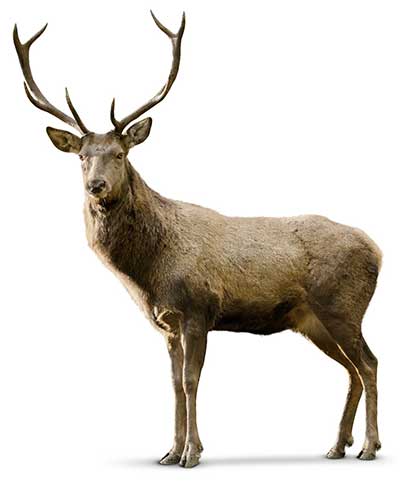
Amazingly, though, there are some people who claim to not like the taste of venison. But in the case of every person I’ve met who stated a dislike of venison, a few questions quickly point out the real culprit: they cooked it wrong. It wasn’t that there was anything wrong with the meat they had, rather the way that they cooked it only served to make the meat tough, dry, and barely suited for dog food.
Cooking venison isn’t difficult, but it does require you to keep a few things in mind. If you do, you’ll get to enjoy a meat so soft and tender it’d seem to melt in your mouth. It will have a subtle yet distinct taste – in no way “gamey” – that is complimented by the herbs and spices you cooked it with. It’s a versatile meat, lean, with a flavor that does work well in a variety of dishes. Generally, most cuts don’t require vastly different cooking methods but there are a few things to keep in mind that make the difference to a meal you’ll remember for its flavor and one that you remember because it was barely edible.
Keep These in Mind for Perfect Venison Every Time
Venison is NOT beef or pork.
Deer meat is naturally lean. Even if you left a good layer of fat on the meat when butchering the deer or made sure to include the fat when grinding it into hamburger, it does still require additional fat and moisture for proper cooking. Without it, the meat will quickly dry out when cooking, leaving what should have been a buttery smooth tender loin a tough, fibrous piece of meat. Ensuring that there is that extra fat when cooking, just a small amount, helps to keep the meat tender, moist, and delicious.
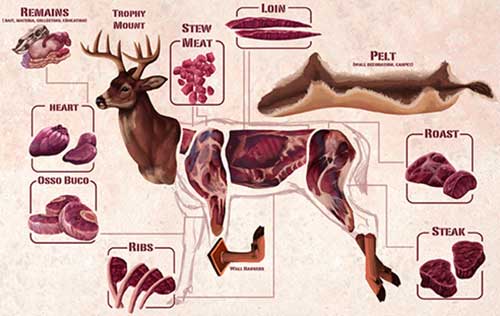
Venison needs to be cooked slow.
Some of the most tender and melt-in-your-mouth goodness I’ve ever had came with cooking venison slow. It’s the kind of meat that is perfect for letting sit in a crockpot for a day and a half or to cook in a dutch oven, buried in glowing coals.
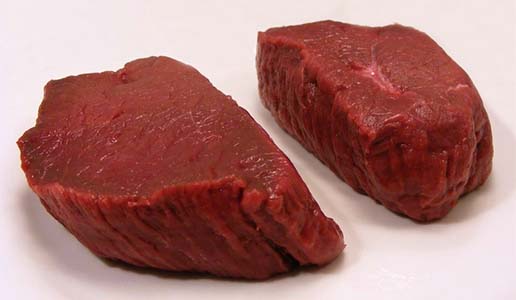
Try taking a pack of small steaks or cubed stew meat, a medium onion (sliced,) and placing them in a crockpot or dutch oven with a couple extra inches of water inside. You want to make sure there’s enough water that you won’t have to keep adding more as some will be lost to evaporation. Let that cook nice and slow for at least a day (if you start it in your crockpot in the afternoon, it’ll be perfect for supper the next day; for a dutch oven, you can bury it in the coals of your supper fire, let it sit overnight, and then carefully move it to the side for your breakfast fire, placing it back in the coals when you’re done.)
This is an easy recipe that doesn’t need any other seasonings. It makes great sandwiches as the meat will fall off the bone and be so smooth and tender. It’s a great basic meal that can be paired with your favorite veggies or served with a side of foraged greens.
Venison steaks can be so much easier than you think.
You can still cook up a couple of venison steaks for supper that same day, just take into account that you need to give it a little extra time. If you like to plan ahead, you can marinade your venison in olive oil overnight to help give it a little extra fat that makes it tender. However, this isn’t necessary and you can have a great looking steak in about 30-40 minutes start to finish.
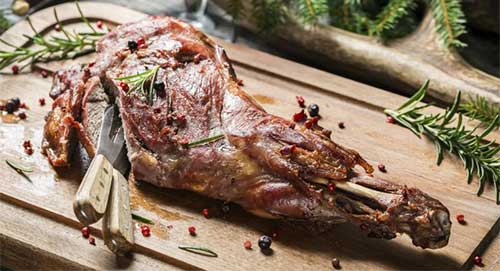
Personally, once I have the venison thawed out ( by letting it sit in hot water; microwaving breaks down cell walls causing moisture, flavor, and nutrition to be lost,) I start cooking it in a cast iron frying pan with a good layer of melted butter in the bottom of the pan. A drizzle of olive oil on top and it’s ready to cook on low to medium-low till there are a few spots that are brown and crispy along the length of the bottom. Then I flip it, add salt and pepper, and reduce the heat to low, watching it carefully so it doesn’t get overdone.
Do not overcook venison.
This is possibly the most important thing to remember. While venison is pretty easy to cook, it doesn’t take well to being overcooked. The lower fat content of the meat means that moisture gets lost when cooked to hard or too fast, taking with it the inherent flavor that venison has and drying the meat out horribly.
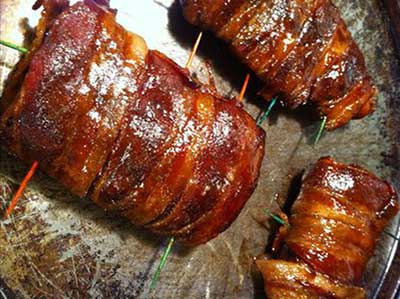
One of the simplest ways to cook venison is by slow roasting in the oven for a few hours. You’ll want a larger cut of meat, like a neck roast, though, honestly, where it comes from on the deer isn’t so important (proper butchering is a skill that takes years to develop; if you don’t know what to do, your best bet is to remove large pieces of meat, saving for roast or then slicing thin for steaks.)
Place in a roasting pan with a few inches of water, up to about 1/3 of the thickness of the meat. You can add vegetables like carrots, potatoes, radishes, parsnips, and onions for an easy one dish meal, or add fruit and spices like cloves and allspice for a Yuletide roast.
Ready to Become an Expert at Cooking Venison?
These tips aren’t terribly difficult but they can make a world of a difference when it comes to making a venison meal that your family loves and that does justice to your hunting efforts and the life of that animal.